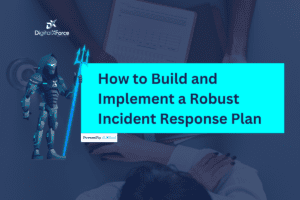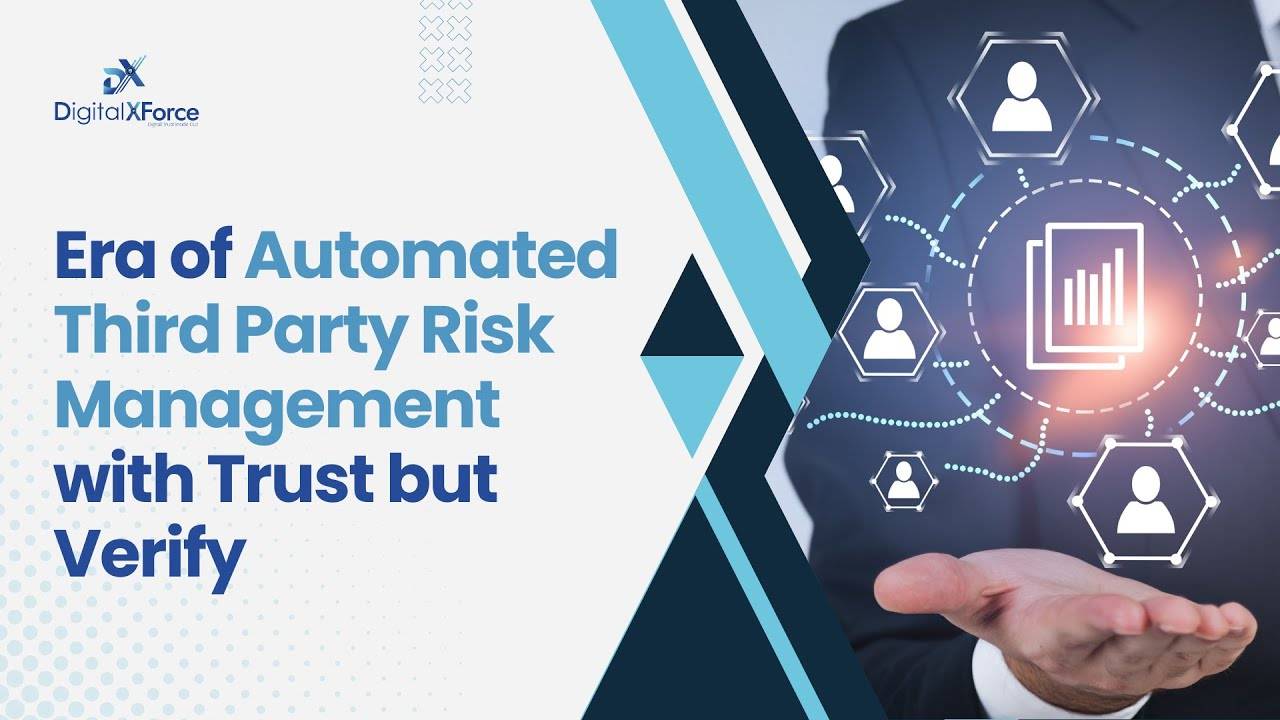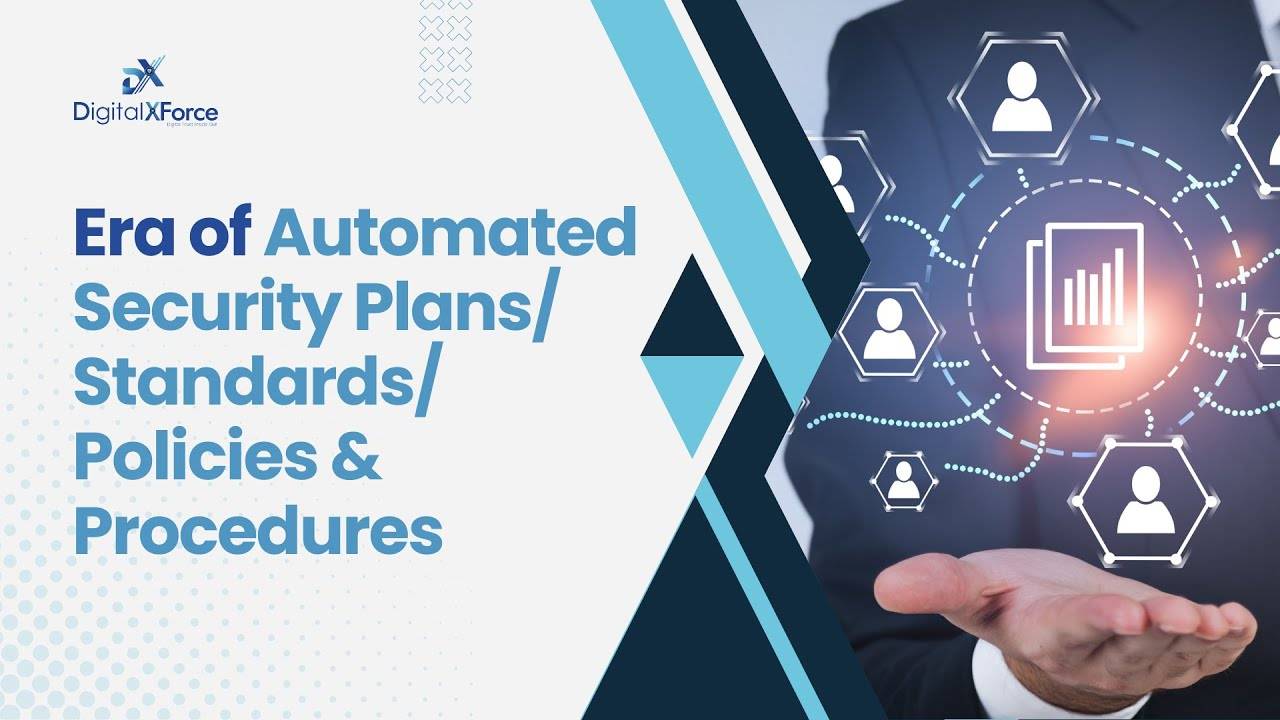
A Comprehensive Incident Response Plan is essential for protecting organizational assets and maintaining business continuity in the face of expanding attack surface and cyber threats. The stakes are high – the average global cost of a data breach in 2024 is $4.88 million, according to a recent IBM report.
However, the true impact extends far beyond just the financial toll. Reputational damage, regulatory penalties, and long-term operational challenges can cripple even the most established enterprise. Organizations implementing effective incident response plans reduce breach costs by up to 54% compared to those without structured response protocols. The question is not if an incident will occur, but when.
This article provides a detailed, 6-phase framework for building and implementing an effective incident response strategy, covering crucial elements from preparation through recovery.
How to Build and Implement a Effective Incident Response Plan

To build and implement an effective incident response plan, consider the following 6 phases for complete success:
Phase 1: Preparation
Effective incident response begins long before an attack takes place. It requires a comprehensive understanding of the organization’s threat landscape, asset inventory, and security posture – with a security blueprint available to enable organizations to monitor their digital ecosystem in real-time. This preparation phase lays the essential foundation for a successful response strategy.
Critical preparation elements to consider include:
Risk Assessment: Conduct a thorough analysis of potential threats, vulnerabilities, and their corresponding business impacts.
Asset Inventory: Maintain a detailed, up-to-date record of all hardware, software, and data assets within the organization.
Team Structure: Clearly define roles, responsibilities, and communication channels for incident response personnel.
Documentation: Develop detailed response procedures, communication plans, and recovery protocols.
Security Blueprint Mapping: Align stakeholders’ goals with a logical view of security. The decisions made in the logical layer drive the security processes, metrics, and defense-in-depth services.
However, preparation is not a one-time exercise. It requires regular reviews, updates, and refinements to ensure full-proof agility and responsiveness in the face of an ever-evolving threat landscape.
Phase 2: Rapid Detection and Precise Analysis
Speed is of the essence in the high-stakes world of cybersecurity. The faster an organization can detect and analyze a potential incident, the better its chances of containing the damage and minimizing the impact.
Here are some key detection and analysis capabilities to consider:
Continuous Monitoring: Implement a robust, 24/7 surveillance of network activities and system behaviors to identify anomalies.
Baseline Establishment: Develop a comprehensive understanding of normal system operations to better recognize deviations.
Alert Prioritization: Leveraging advanced analytics to differentiate between critical threats and false positives, ensuring timely response.
Investigative Protocols: Establishing clear, well-documented procedures for analyzing and validating suspected incidents.
Combining sophisticated technology with human expertise is crucial for effective detection and analysis, enabling organizations to respond swiftly and decisively.
Phase 3: Targeted Containment and Eradication
When a confirmed incident occurs, the focus shifts to containing the damage and eliminating the threat. This phase requires a delicate balance between immediate action and strategic decision-making to ensure business continuity while fully addressing the root cause of the attack.
Key containment and eradication strategies to consider include:
Short-term Containment: Implement temporary measures to isolate affected systems and prevent further spread.
System Backup: Preserve critical data and evidence while allowing for the continued operation of essential business functions. The importance of regular system backups cannot be overemphasized.
Long-term Containment: Develop and implement more permanent solutions to mitigate the incident’s impact.
Eradication Planning: Design and execute a comprehensive clean-up and remediation strategy to eliminate the threat.
Throughout this phase, organizations must remain vigilant, verifying each step and maintaining strict control over the recovery process.
Phase 4: Resilient Recovery
Restoring normal operations is not the end of the incident response journey. The recovery phase is a critical opportunity to not only get systems back online but to also enhance the overall security posture and resilience.
Key recovery steps include:
Systematic Restoration: Carefully bring systems and services back online in a controlled, step-by-step manner.
Security Verification: Thoroughly test and validate the security measures in place to ensure the integrity of the restored environment.
Ongoing Monitoring: Maintain vigilant surveillance for any signs of persistent threats or reinfection.
Comprehensive Documentation: Meticulously record all recovery actions and their outcomes for future reference and organizational learning.
By approaching recovery with the same rigor and attention to detail as the initial incident response, organizations can emerge from a cyber attack stronger and more resilient than before.
Phase 5: Holistic Risk Assessment
Effective incident response requires a deep understanding of your organization’s unique threat landscape and vulnerability profile.
A comprehensive risk assessment approach involves:
Threat Modeling: Advanced analysis of potential attack vectors and their corresponding business impacts.
Vulnerability Scanning: Regular, in-depth assessments of systems and networks to identify and address security weaknesses.
Impact Analysis: Detailed evaluation of the potential consequences of a successful cyber attack on the organization’s operations, finances, and reputation.
Mitigation Planning: Tailored strategies to address identified risks and enhance the organization’s overall security posture.
This is where you need a reliable Enterprise Security Risk and Posture platform like DigitalXForce. By combining technical expertise with a thorough understanding of the business landscape, our platform enables organizations to make informed, strategic decisions about their incident response and security investments.
With DigitalXForce, integrated risk management is simplified by automation through implementing Cybersecurity Mesh Architecture. Our technology empowers organizations to:
- Get a comprehensive attack surface view of your entire Digital Ecosystem
- Connect and analyze Security Tools and Enterprise Applications
- Leverage automated Control Testing and Compliance Reporting
- Generate custom Security Blueprint/Posture
- Upload and analyze security artifacts in real-time
Book a Demo
Phase 6: Continuous Improvement
Incident response is not a one-time exercise; it is an ongoing journey of learning, adaptation, and enhancement. Embrace a culture of continuous improvement, leveraging post-incident analysis to identify areas for growth and update your response plans accordingly.
Key post-incident activities to keep in mind include:
Incident Documentation: Record the incident, describe the response actions, and list the outcomes.
Impact Assessment: Evaluate how the incident affected the organization’s operations, finances, and reputation.
Response Evaluation: Review the incident response plan’s effectiveness and identify opportunities for improvement.
Enhancement Planning: Update policies, procedures, and training programs based on lessons learned.
By fostering a mindset of continuous improvement, you can ensure incident response capabilities remain agile, effective, and aligned with the evolving threat landscape.
Final Words
Cyber attacks are a critical business risk. A robust incident response plan helps organizations detect, contain, and recover from threats while building cyber resilience. DigitalXforce provides best-in-class cybersecurity solutions, including security risk assessment and customized response strategies to protect your organization’s assets.
Effective incident response transforms challenges into advantages through preparation, rapid response, and continuous improvement, helping organizations emerge stronger from cyber incidents.

About The Author
Lalit Ahluwalia is passionate about making cybersecurity accessible to all. As the CEO of DigitalXForce and iTrustxForce, he envisions a world where digital trust redefines safety, driven by purpose and community. In this article, Lalit takes us through 6 phases to consider when building an effective incident response plan.



